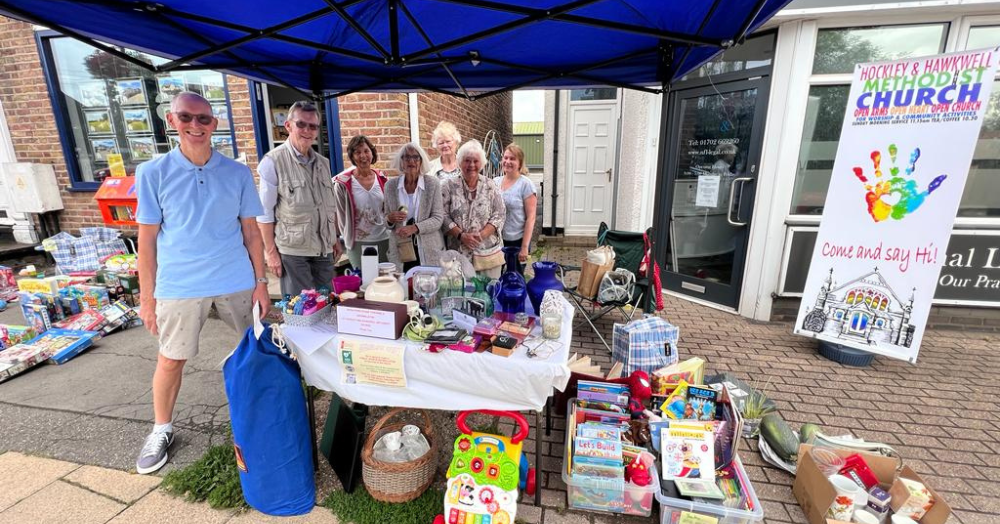
Helping to fund a new defibrillator in Hockley


Selling your home is a bit like throwing a party, you tidy every corner, light the candle you usually just display, and hope people turn up and love the place as much as you do. Ask us about Open Homes, and you might open the door to a crowd of curious buyers.
Halloween in Hockley has never been so hauntingly good! On Friday 31st October 2025, the Hockley Village shopping area was bursting with spooky excitement as hundreds of families came out to enjoy the Hockley Halloween Trail. With eerie smoke drifting through the streets, catchy Halloween tunes in the air, and friendly ghouls greeting youngsters.
Thinking about a move? Imagine stepping out your front door, dog lead in hand, breathing in the fresh woodland air, and wandering through ancient trees only to emerge at a cosy pub just minutes later. Welcome to life near West Wood in Hadleigh, where peaceful woodland walks meet the irresistible charm of the dog friendly Woodman’s Arms.
The rental market is changing fast, and the new Renters’ Rights Act is set to reshape the way landlords manage their properties. With stricter rules, more tenant protections and tighter compliance requirements, it’s natural for landlords to feel uncertain about what comes next.